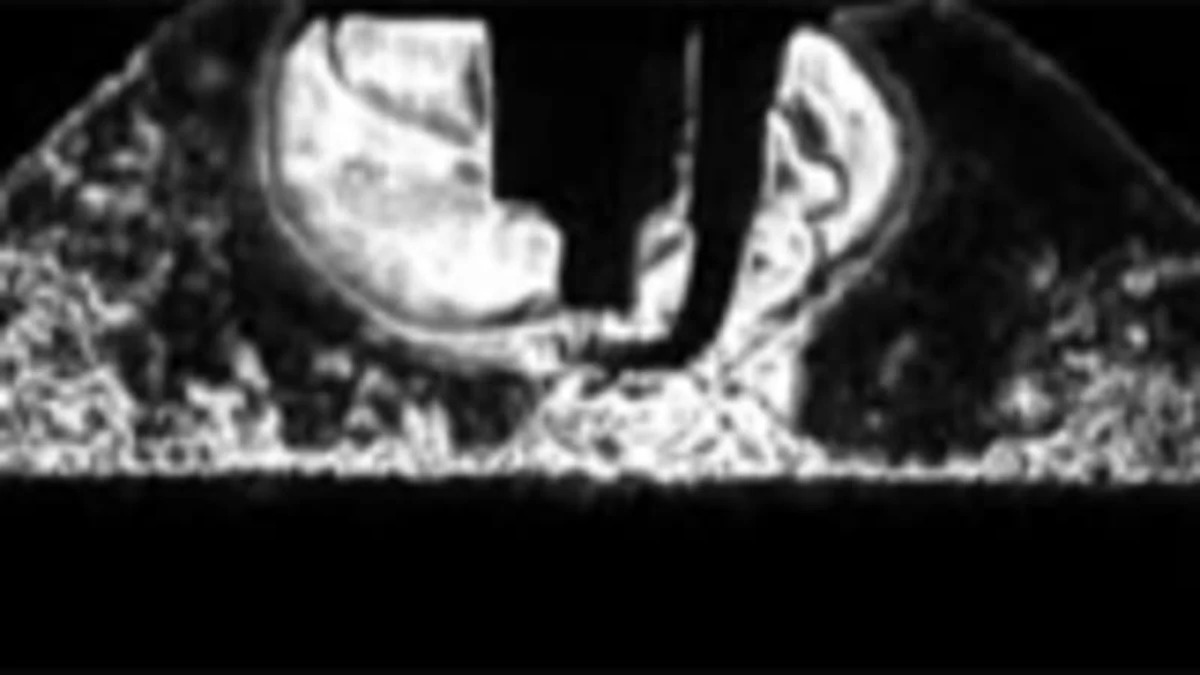We all learn the theory of what happens inside an internal combustion engine; a mixture of fuel and air is ignited by a short electric spark. Some people describe the ensuing event as an explosion, but the ideal is a controlled burn, but it's still so fast that it could be confused for an uncontrolled explosion. An engine is a practical application of thermodynamics, when it comes right down to it. The piston moves by the pressure exerted by the burning fuel mixture, and as the piston moves down the bore, pressure reduces, and work is extracted from the fuel.
Of course, there's a lot more to it, but that's the basics. We're sure you had a little animated diagram dancing around in your head the first time you really tried to understand the common Otto cycle. My mental flash player still fires up when I'm trying to figure out different cycles like the Atkinson. Wouldn't it be great to actually see inside the cylinder during combustion events? No, we didn't videotape our lawnmower with a Colortune plug -- this technique is far fancier.
Video and technique info after the jump
[Source: Hemmings]
The imaging technique is known as Schlieren photography. Traditionally achieved with optics, this method is used to display variations in fluid density. When supersonic aircraft were under development, Schlieren photography was instrumental to solving the puzzle of flying faster than sound. This particular video uses modern digital techniques, rather than optics, no matter, it's still a really interesting peek inside the cylinder at the moment of combustion.
Of course, there's a lot more to it, but that's the basics. We're sure you had a little animated diagram dancing around in your head the first time you really tried to understand the common Otto cycle. My mental flash player still fires up when I'm trying to figure out different cycles like the Atkinson. Wouldn't it be great to actually see inside the cylinder during combustion events? No, we didn't videotape our lawnmower with a Colortune plug -- this technique is far fancier.
Video and technique info after the jump
[Source: Hemmings]
The video meant to be presented here is no longer available. Sorry for the inconvenience.
The imaging technique is known as Schlieren photography. Traditionally achieved with optics, this method is used to display variations in fluid density. When supersonic aircraft were under development, Schlieren photography was instrumental to solving the puzzle of flying faster than sound. This particular video uses modern digital techniques, rather than optics, no matter, it's still a really interesting peek inside the cylinder at the moment of combustion.


Sign in to post
Please sign in to leave a comment.
Continue